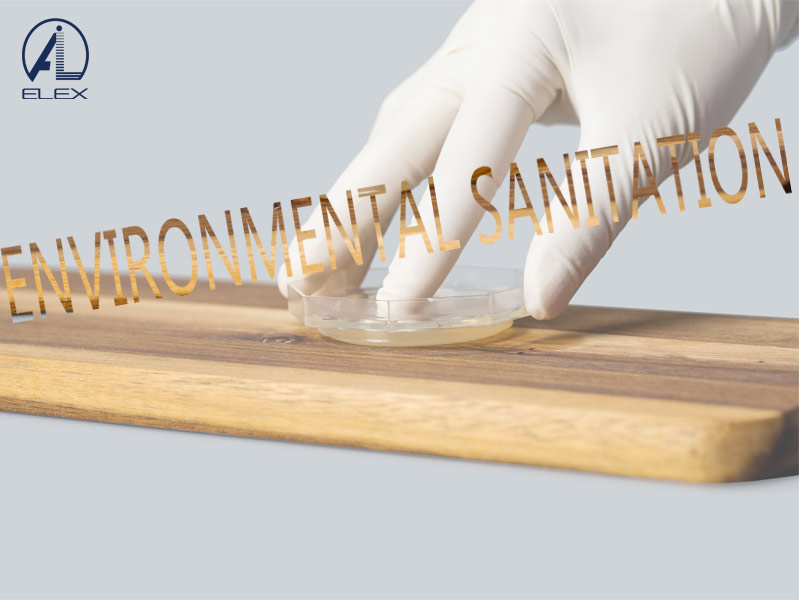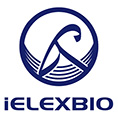E. coli tests microbiology is a subject that studies Escherichia coli. Escherichia coli, also called E. coli, was discovered by Escherichi in 1885.
Escherichia coli is a normal invador in the intestines of animals, a small part of which can cause disease under certain conditions. The serotype of Escherichia coli can cause gastrointestinal infections in humans or animals, mainly caused by infections such as specific fimbriae antigens and pathogenic toxins. In addition to gastrointestinal infections, it can also cause urinary tract infections, arthritis, meningitis and septic infection.Therefore, knowing about the properties of E. coli is crucial for protecting from diseases, improving our understanding of molecular biology, improving food safety and developing new treatments for infections.
Escherichia coli is a brevibacterium with two blunt round ends, which is gram negative. Sometimes due to different environments, individual bacteria appear to be approximately spherical or filamentous; E. coli is mostly single or two, but they are not arranged in a long chain shape; most E. coli strains have capsules or microcapsules structure, but cannot form spores; most E. coli strains grow with fimbriae, some of which are host-specific fimbriae that have adhesion to the host and other tissues or cells.
The biochemical metabolism of E. coli is very active. Escherichia coli can ferment glucose to produce acid and gas, while ome strains do not produce gas. Escherichia coli can also ferment a variety of carbohydrates and can also use a variety of organic acid salts. Among the commonly used biochemical characteristics test items, Escherichia coli test is positive in the methyl red test, positive in indole production and lactose fermentation (individual strains arenegative), negative in urease and citrate utilization (very few strains are positive), positive in nitrate reduction test, and the oxidase is negative, oxidation-fermentation test is F type.
For humans and many animals, since pathogenic Escherichia coli often tends to have a certain host specificity, strains that have a pathogenic effect on humans often rarely cause animal infections, and vice versa. It is divided into two types: human pathogen E. coli and animal pathogen E. coli. Animal diarrheal E. coli microbiology test results have confirmed that its characteristics are mainly similar to ETEC strains. UPEC is a group of E. coli, the most common pathogen that can cause human urinary tract infections. And urinary tract infection is an infection symptom that rarely exists independently in colibacillosis in animals.
You may also be interested in:
Contact us for more information.
 A Tentative Study on the relevance of HACCP certification and infection control in hospital
A Tentative Study on the relevance of HACCP certification and infection control in hospital
 Environmental Sanitation Microbiology Testing
Environmental Sanitation Microbiology Testing
 Microbiology Test in Food Industry
Microbiology Test in Food Industry
 The Applicability of High-quality Ready-to-use Swab Sampler for Tableware Sampling and Public Places Supplies and Utensils Microorganisms
The Applicability of High-quality Ready-to-use Swab Sampler for Tableware Sampling and Public Places Supplies and Utensils Microorganisms
 Spike Experiment of DNP Culture Media Plate Based on Ice Cream
Spike Experiment of DNP Culture Media Plate Based on Ice Cream

